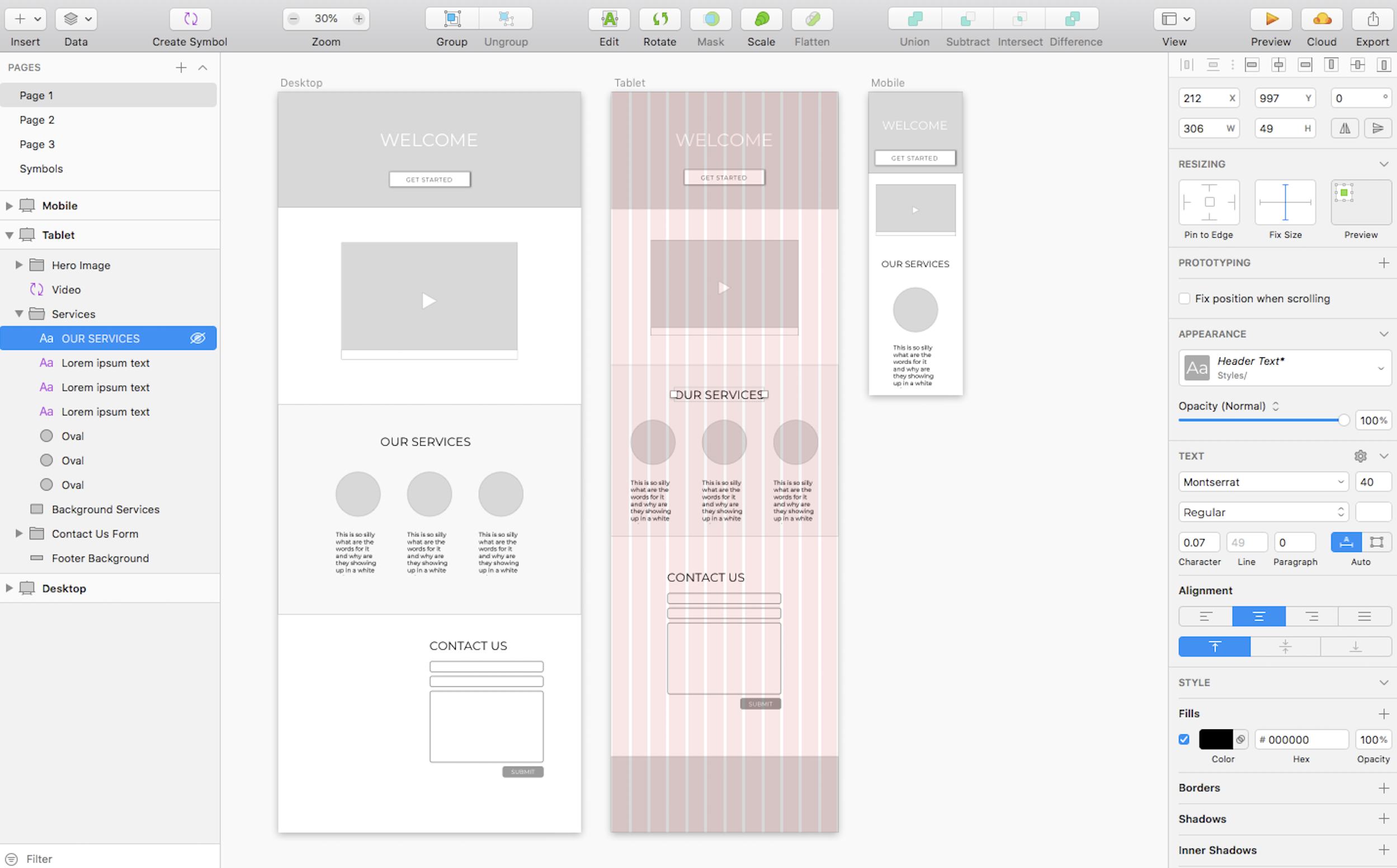

- Quick wireframe tools install#
- Quick wireframe tools generator#
- Quick wireframe tools software#
- Quick wireframe tools trial#
- Quick wireframe tools free#
Quick wireframe tools install#
We host the same wireframe-software so there is no difference in the user-experience, no matter where you install or use.
Quick wireframe tools free#
Quick wireframe tools software#
Quick wireframe tools trial#
Quick wireframe tools generator#
You can create mockups using free online mockup generator tool. Rather, it is just a graphical representation, but one that you can use for providing a more defined visual to your investors to help them visualize how the finished product will look like. It will look similar to the finished product, but it is not yet clickable and interactive. It’s time to put in colors, placement text, logos, images, etc. Mockup– This is the stage where the static map of the product is created. Wireframes can also be used to make secondary and global navigations and ensure that the structure and terminology used for a website will be able to meet user expectations. Here, you also describe the features and content you want to include and where they will be located in the final setup. This is just a simple layout where the functionality of the product and the interconnectivity among views/pages are shown. Wireframe– The goal in this step is to provide your website or app’s structure. There are online sketch templates, wireframe diagram, and mockup tools you can use without shelling out a dollar. Generate more ideas as you go along or even change details when sketching. Even the simplest sketch can depict your ideas more clearly than words. It is actually just a freehand drawing of what you want to produce, and this is also the quickest way you can visualize your website’s student. Sketch– This is the most basic representation. The third step, the mockup, gives medium-fidelity representation while the last one, the prototype, provides high-fidelity representation. The first two, the sketch and the wireframe belong to low-fidelity mockup representation. In other words, they are steps of representation of the final product. The purpose of all four design techniques is to help developers figure out what they want to build. For newbies, these are terms you need to know and understand right away. In the web development and app-making industry, you’ll often hear design terms like sketch, wireframe, mockup, and prototype. Sketch, Wireframe, Mockup, and Prototype: Understanding The Steps of Web Design They are akin to building blueprints where one can easily see the locations of electrical, plumbing, and other structural systems. Wireframes don’t have colors, logos, font options, or any design components that can cause the designer to lose his or her focus on the site’s structure. Lower Fidelity Wireframes consist of black and white outlines that define the sizes and locations of page elements, conversion areas, and navigation system of a website to be created.

What one works on the second phase of web design representation is the structural layout, which follows after the freehand drawing that’s done in the sketch phase. In particular, you shouldn’t skip the low fi wireframe phase. Good designers go through the four representation phases in their proper order: sketch, wireframe, mockup, and prototype. In web designing and app production, being impatient and averse to long processes and brainstorming can be a counterproductive attitude.


 0 kommentar(er)
0 kommentar(er)
